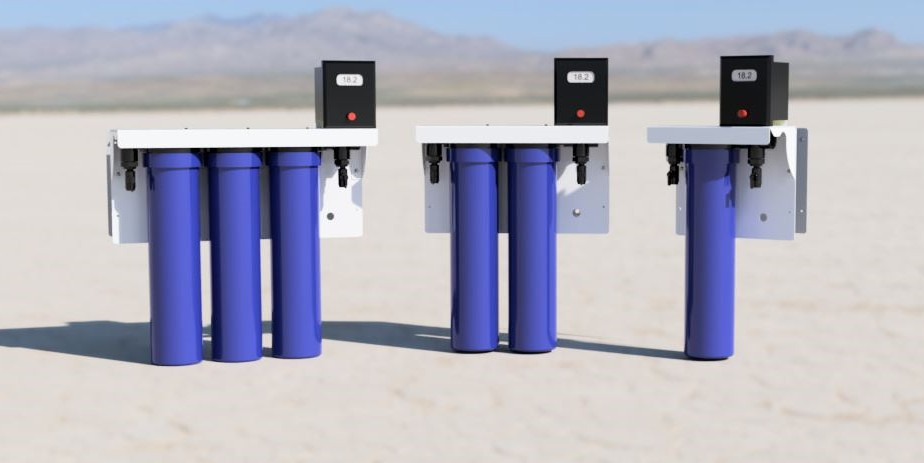Concerns about Sodium and Potassium in softened water
April 26 2017
 |
|
For those who don't need a sodium restriction, limit your sodium intake to 2,300 milligrams per day as suggested by the American Heart Association. A teaspoon of salt contains 2,300 milligrams. Sodium helps your body maintain water balance. Too much sodium, can cause fluid buildup or elevated blood pressure. This puts extra strain on the heart and can make medications less effective. Consider replacing table salt with herbs and spices. Use fresh foods instead of processed, canned, prepackaged and convenience foods to limit the amount of salt in your diet.
All water softeners can be regenerated using Sodium chlorine or Potassium chloride. Since water softeners trade hard minerals for soft minerals that it gets from the regeneration chemical, some people with restricted Sodium diets are concerned about the levels of Sodium in their softened drinking water. The best way to eliminate this concern is to regenerate your softener with Potassium chloride pellets, The softener works the same with either type
Each grain of hardness in your water will end out equaling 17.1 milligrams per liter of Sodium or Potassium depending on what you are regenerating the water softener with. With a sodium diet of 2300 milligrams, average water would contain 170 milligrams per liter or water. Under this scenario you would have to drink 13.5 liters of water or 3.5 gallons or water per day to hit the limit.
Although that is a lot of water for most people to drink, the important point is to consider that your water can contain quite a bit of sodium and if it is softened that it contains even more depending on how hard the water was to begin with.
The best way to eliminate sodium in drinking water is with a Reverse Osmosis system.
More Info
All About Reverse Osmosis Systems
Basic Reverse Osmosis Information
Reverse Osmosis Systems
American Heart Association
|
|
